
ТП лекція (змінні, типи,..
.).pdf
What Is an Array?
An array is a sequence of elements that are grouped together
Array features include:
Every element in the array contains a value
Arrays are zero-indexed
The length of an array is the total number of elements it can contain The lower bound of an array is the index of its first element
Arrays can be single-dimensional, multidimensional, or jagged The rank of an array is the number of dimensions in the array
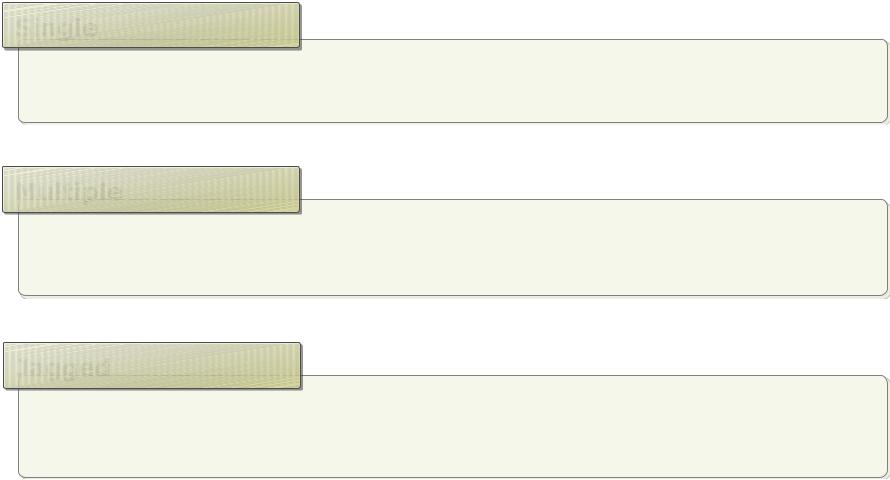
Creating and Initializing Arrays
An array can have more than one dimension
Single
Type[] arrayName = new Type[ Size ];
Multiple
Type[ , ] arrayName = new Type[ Size1, Size2];
Jagged
Type [][] JaggedArray = new Type[size][];
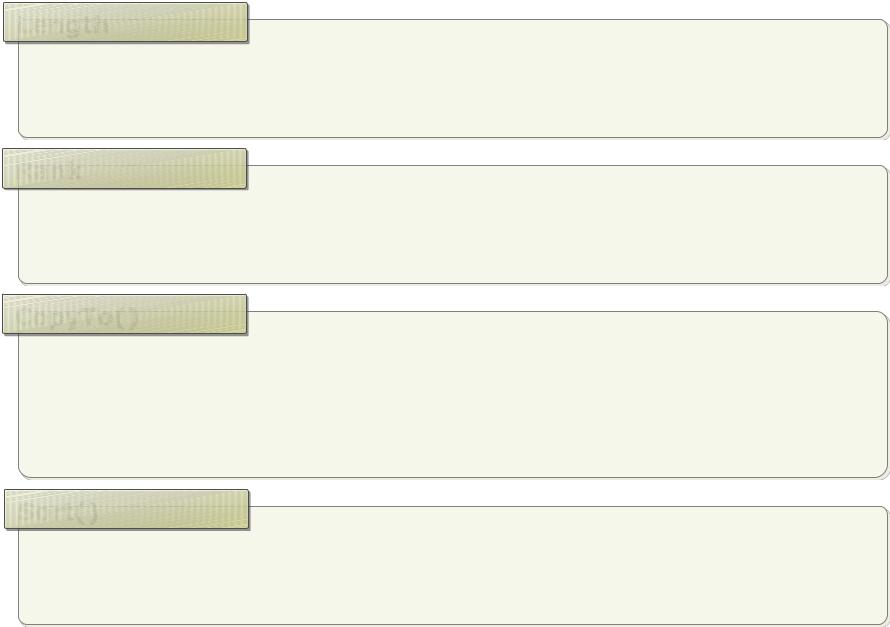
Common Properties and Methods Exposed by
Arrays
Length
int[] oldNumbers = { 1, 2, 3, 4, 5 }; int numberCount = oldNumbers.Length;
Rank
int[] oldNumbers = { 1, 2, 3, 4, 5 }; int rank = oldNumbers.Rank;
CopyTo()
int[] oldNumbers = { 1, 2, 3, 4, 5 }; int[] newNumbers = new
int[oldNumbers.Length]; oldNumbers.CopyTo(newNumbers, 0);
Sort()
int[] oldNumbers = { 5, 2, 1, 3, 4 }; Array.Sort(oldNumbers);
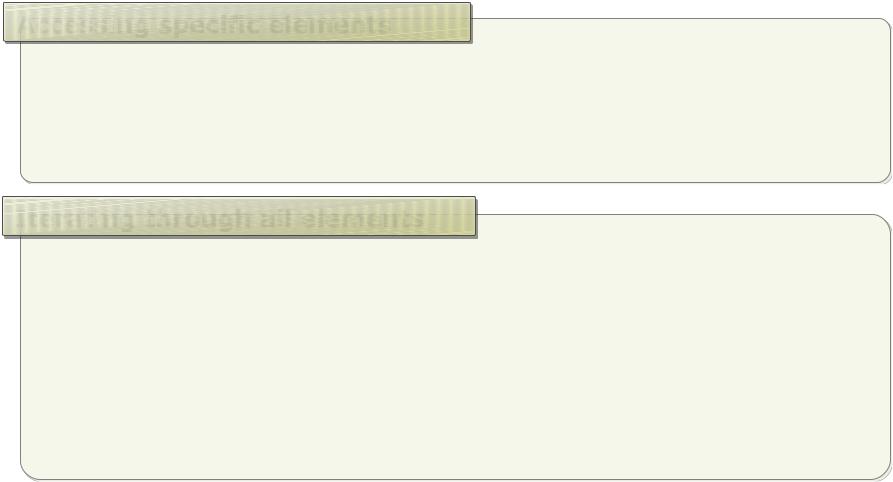
Accessing Data in an Array
Elements are accessed from 0 to N-1
Accessing specific elements
int[] oldNumbers = { 1, 2, 3, 4, 5 }; int number = oldNumbers[2];
// OR
object number = oldNumbers.GetValue(2);
Iterating through all elements
int[] oldNumbers = { 1, 2, 3, 4, 5 };
...
for (int i = 0; i < oldNumbers.Length; i++)
{
int number= oldNumbers[i];
}
// OR
foreach (int number in oldNumbers) { ... }
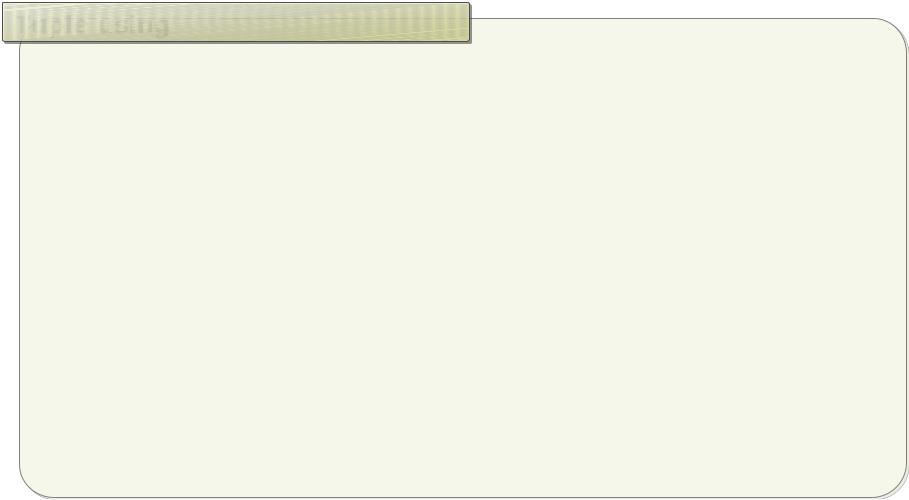
Tuple
Elements can be different types
Tuple using
var myTuple = Tuple.Create<int, char, string, decimal, float, byte, short>>(12, 'C', "Name", 12.3892m, 0.5f, 120, 4501);
static Tuple<int, float, string, char> Corteg(int a, string name)
{
int sqr = a * a;
float sqrt = (float)(Math.Sqrt(a)); string s = "Привет, " + name;
char ch = (char)(name[0]);
return Tuple.Create<int, float, string, char>(sqr, sqrt, s, ch);
}
var myTuple = Corteg(25,"Alexandr"); Console.WriteLine(myTuple.Item3,myTuple.Item1,myTuple.Item2,myTuple.Item4);
Lesson 4: Using Decision
Statements
•Using One-Way If Statements
•Using Either-Or If Statements
•Using Multiple-Outcome If Statements
•Using the Switch Statement
•Guidelines for Choosing a Decision Construct
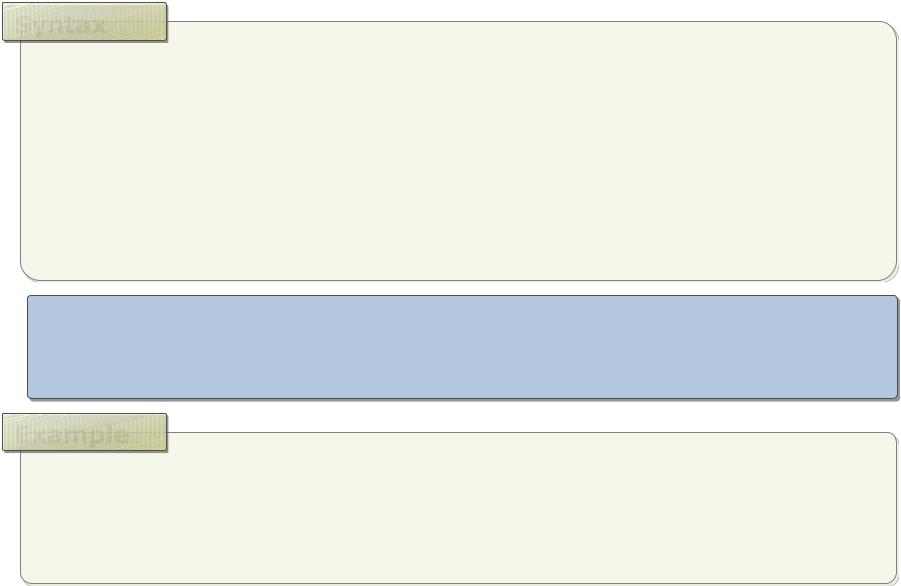
Using One-Way If Statements
Syntax
if ([condition]) [code to execute]
// OR
if ([condition])
{
[code to execute if condition is true]
}
Conditional operators: |
|
OR represented by || |
AND represented by && |
Example
if ((percent >= 0) && (percent <= 100))
{
// Add code to execute if a is greater than 50 here.
}
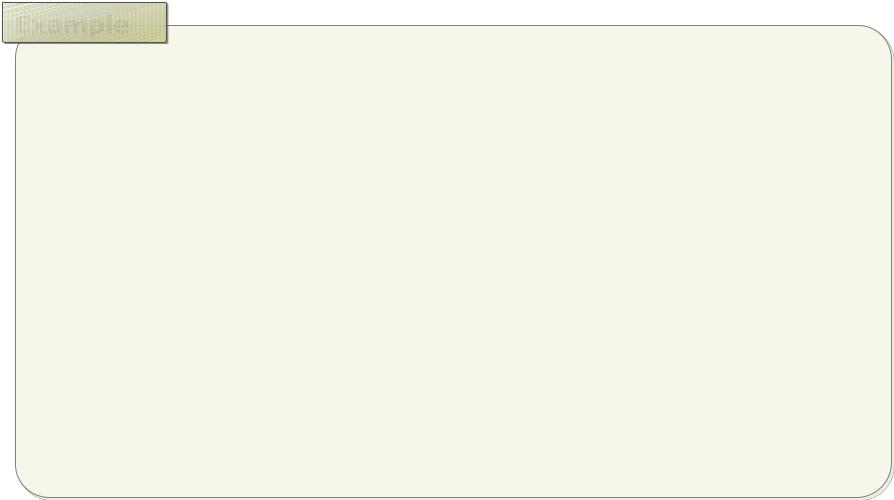
Using Either-Or If Statements
Provide an additional code block to execute if [condition] evaluates to a Boolean false value
Example
if (a > 50)
{
// Greater than 50 here
}
else
{
// less than or equal to 50 here
}
// OR
string carColor = "green";
string response = (carColor == "red") ? "You have a red car" :
"You do not have a red car";
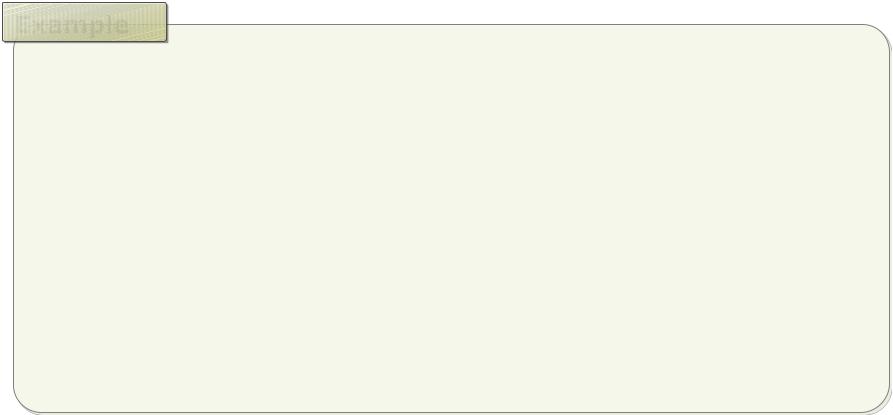
Using Multiple-Outcome If Statements
You can combine several if statements to create a multiple-outcome statement
Example
if (a > 50)
{
// Add code to execute if a is greater than 50 here.
}
else if (a > 10)
{
//Add code to execute if a is greater than 10 and less than
//or equal to 50 here.
}
else
{
// Add code to execute if a is less than or equal to 50 here.
}
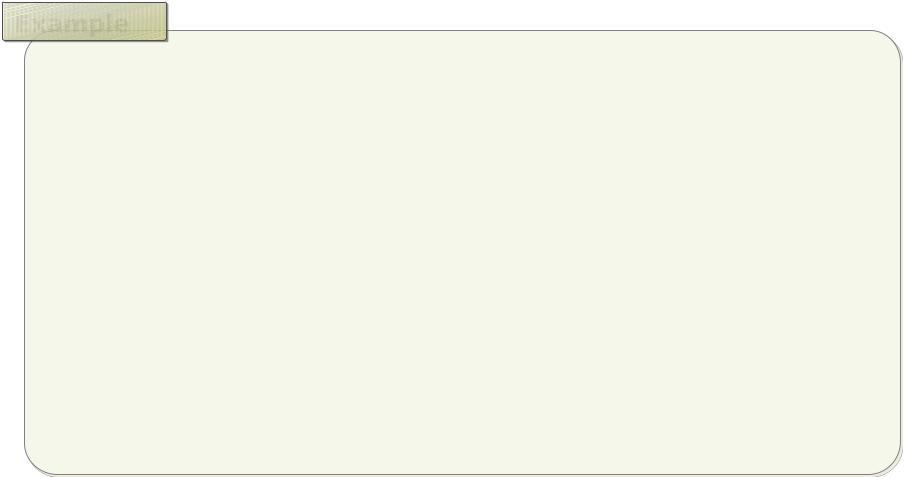
Using the Switch Statement
The switch statement enables you to execute one of several blocks of code depending on the value of a variable or expression
Example
switch (a)
{
case 0:
// Executed if a is 0. break;
case 1: case 2: case 3:
// Executed if a is 1, 2, or 3. break;
default:
// Executed if a is any other value. break;
}
